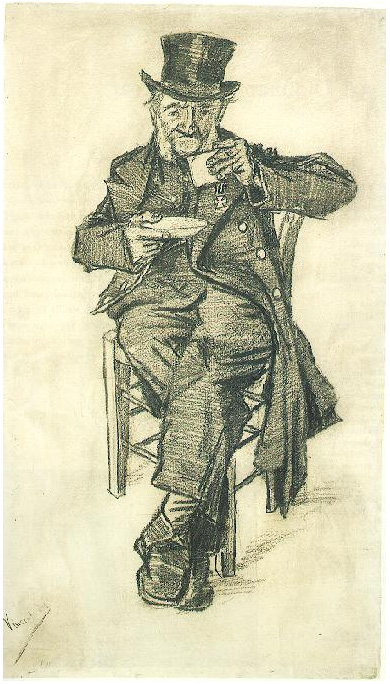Trident Layers - So Good You'll Want To Get Paid in Gum
There are three objectives in launching a new brand: Awareness, Trial and Availability.Often the "Trial and Awareness" is generated an by innovative sampling technique. So it was with interest that some friends of mine saw the Trident Layers Brink's Truck in lower Manhattan on Monday.
Being interested marketers they went over to see the nicely decked out vehicle and see what the trial experience was all about. With the campaign around "So good you will want to be paid in gum" the Brink's truck appeared to be a cute idea, with he staff sampling dressed as security guards.
Then the strangeness happened. They were given an scratch off instant win game card - with Four Potential prizes. $50, $25 or $10 in cash - or free gum. This is, of course a sampling technique, so my friends were expecting at minimum a free sample of new Trident Layers.
After six "not a winner" cards it became apparent that the only way to try the gum would be to go to the local Duane Reade and buy some Layers. Read the small print on the game card and only 1 in 12 won free gum.
Why?
The objective of this event is to sample the product: Surely if you have anyone walk away without the product you have missed your chance for Trial, you may have frustrated a potential consumer.
Come on Kraft, it's chewing gum. It has massive margins.
Why would you go to all the trouble of dressing a Brink's truck and providing game cards (which were probably as expensive as a pack of gum) and NOT give the intrigued consumer a gum sample?
Did the sampling budget run out of money? Was the Marketing Director asleep at the switch? Or is this just a marketing department over-thinking everything?
Alan and Ted walked away thinking "F*** Trident Layers, I'm buying Wrigley".






